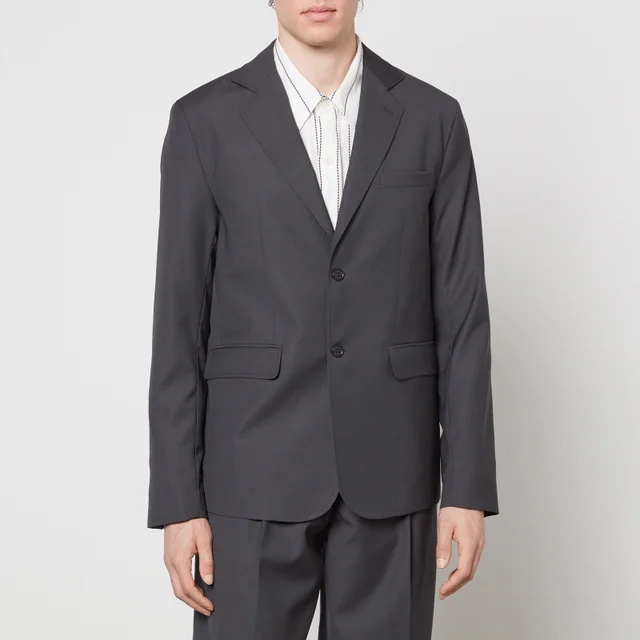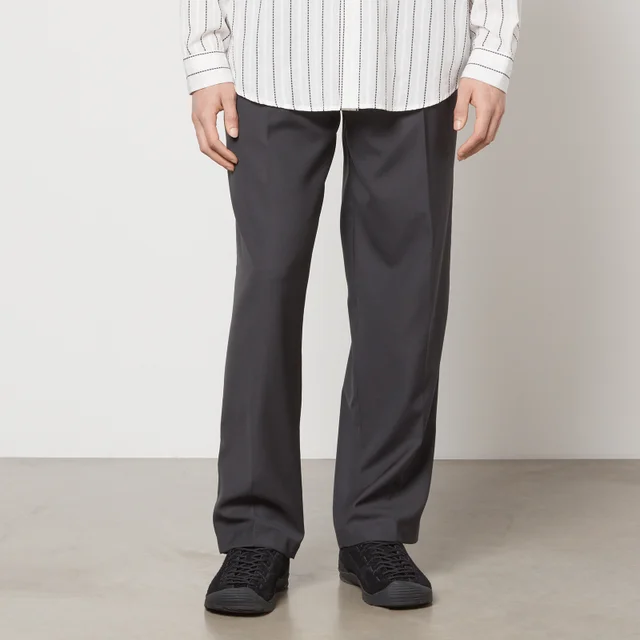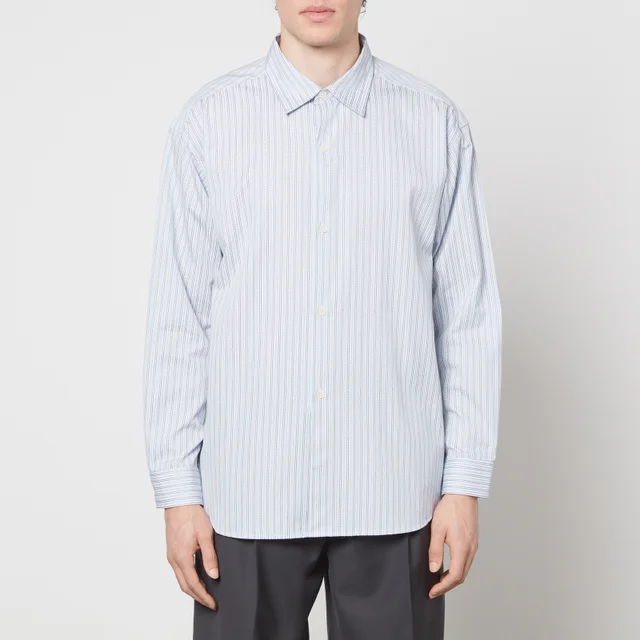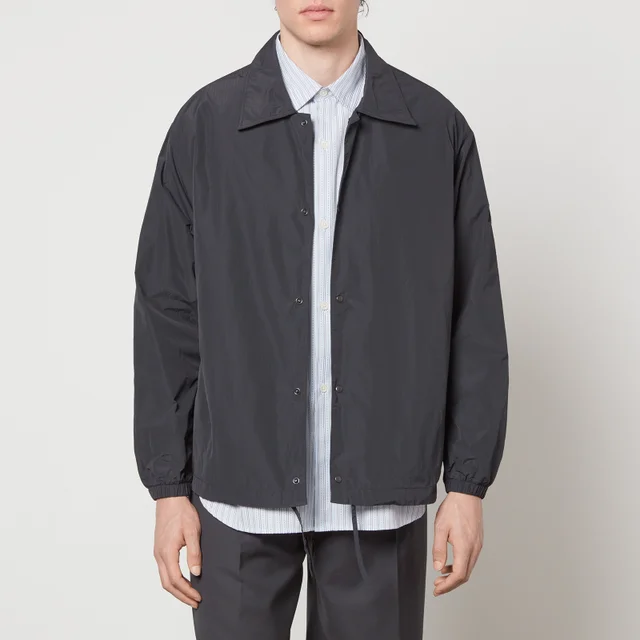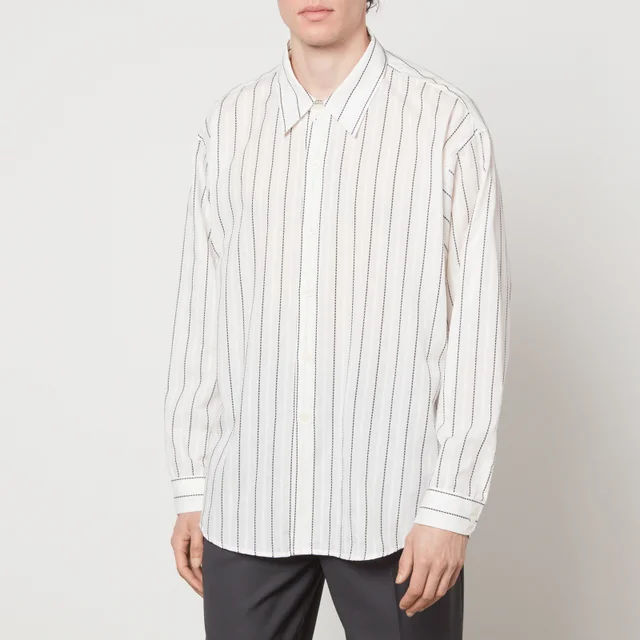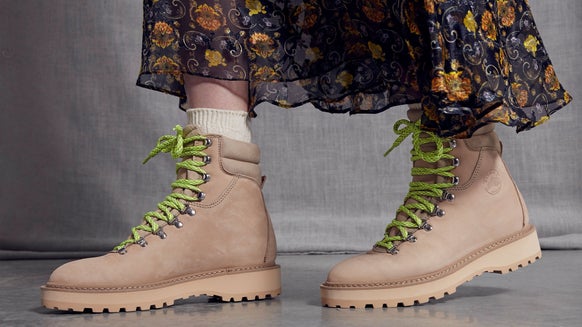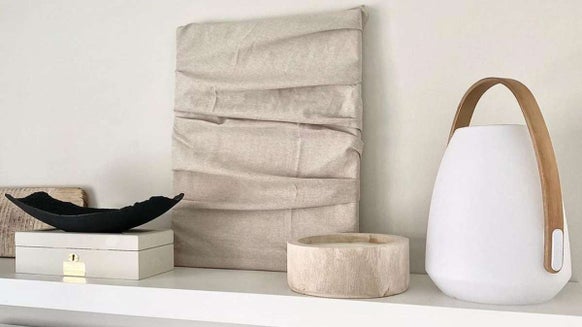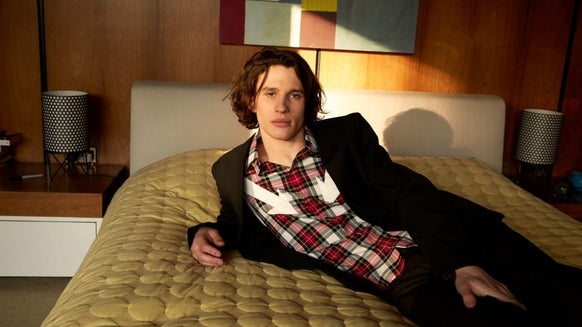In conversation with Sigurd Bank founder of mfpen
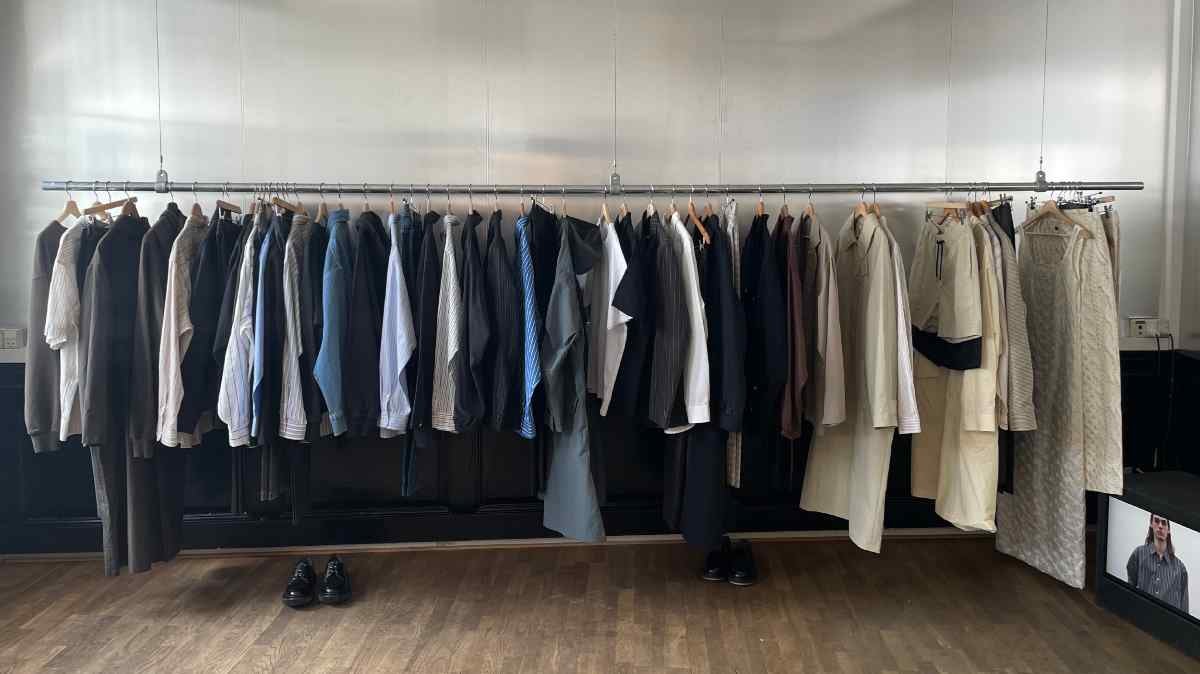
Hi Sigurd, Thank you so much for taking the time to talk to us today. Please tell us a little bit about yourself.
Late teens working in retail as a buyer but wanting to create instead of communicate. So I studied production and sourcing, and straight after began working for brands in design and production.
What influenced you to launch mfpen?
Working with the suppliers through other brands, noticing the amounts of deadstock which were hard for me to overlook and when I started mfpen on the side.
When sourcing deadstock fabric, what makes fabric stand out?
There are a few things we consider when buying deadstock. Often before the look, we have to consider the quantity from a production perspective. It’s heartbreaking when we find an amazing fabric, but there are only 17 metres, which for example only makes 9 shirts. I can’t help myself still buying the fabric, but business wise it doesn't make much sense.
So lately I've been looking to buy massive old stocks where there's 1km+ of fabric and buy the full lot. It means we have to be dedicated to the fabric, using it potentially for a few seasons while other brands just take a few metres for sampling and test out a fabric. But it makes us really appreciate the fabric when we need to find a new context or treatment season after season.
Throughout the design process, what other sustainable approaches are taken?
We rarely talk about ourselves as sustainable, we just make, in our opinion, sensible decisions which prioritise low impact over profit; making products which are made to last in quality and aesthetics, producing in Europe, limiting packaging, not overproducing, etc. And we always consider our Responsible Hierarchy when sourcing fabric.
For someone new to mfpen, how would you describe the brand's aesthetic in 3 words?
Made to wear.
Talk us through what a typical day looks like for you.
Being woken up by my 3-year-old daughter around 7 am. Putting on a record. Having an oatmeal breakfast. Biking to the office around 9. Lunch at 12, we always eat together as a team. Biking home around 5 pm. Making dinner with my daughter. Then watching telly and working, or if I’m lucky going out for a beer.
When designing for mfpen what is important to you?
That I could see myself wearing it myself.
What’s been one of your proudest moments for the brand so far?
Not sure there is a moment. But I'm proud of the journey so far. We’ve grown whilst staying independent and true to our values. Working by myself the first few years to now being a team of 8 seems crazy to me, but that makes me proud.
One item of clothing you would recommend everyone has in their wardrobe.
In my opinion, our suiting. Sharp for an occasion, but still comfortable and relaxed to be worn day to day.
Favourite thing to do outside of the office?
Swimming in the Copenhagen harbour on summer nights.
SHOP THE LATEST MFPEN

